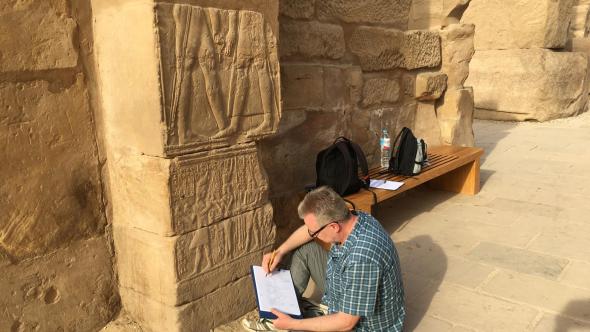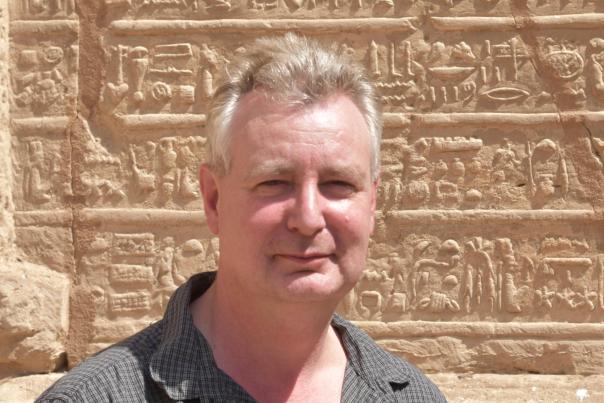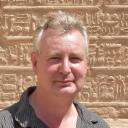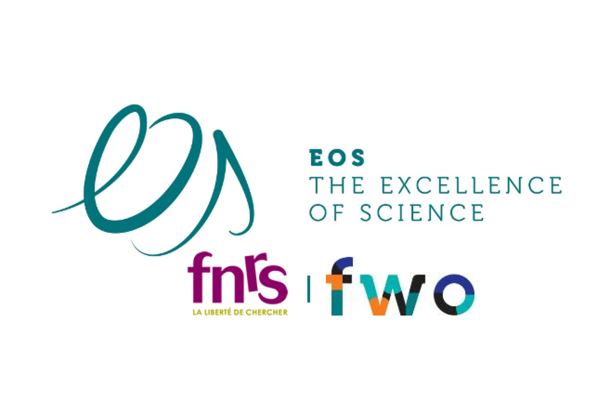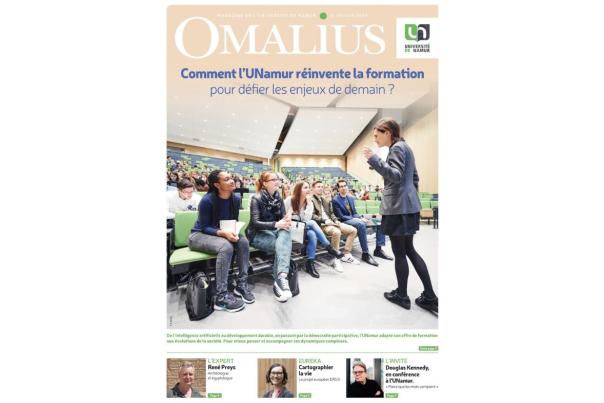René Preys: the archaeologist who examines Egyptian menus
What exactly did the ancient Egyptians eat? How did they prepare and preserve their food? What was their nutritional value? René Preys, an Egyptologist at UNamur, is currently involved in this astonishing research. This expert is a major figure in Belgian Egyptology. Interview.
